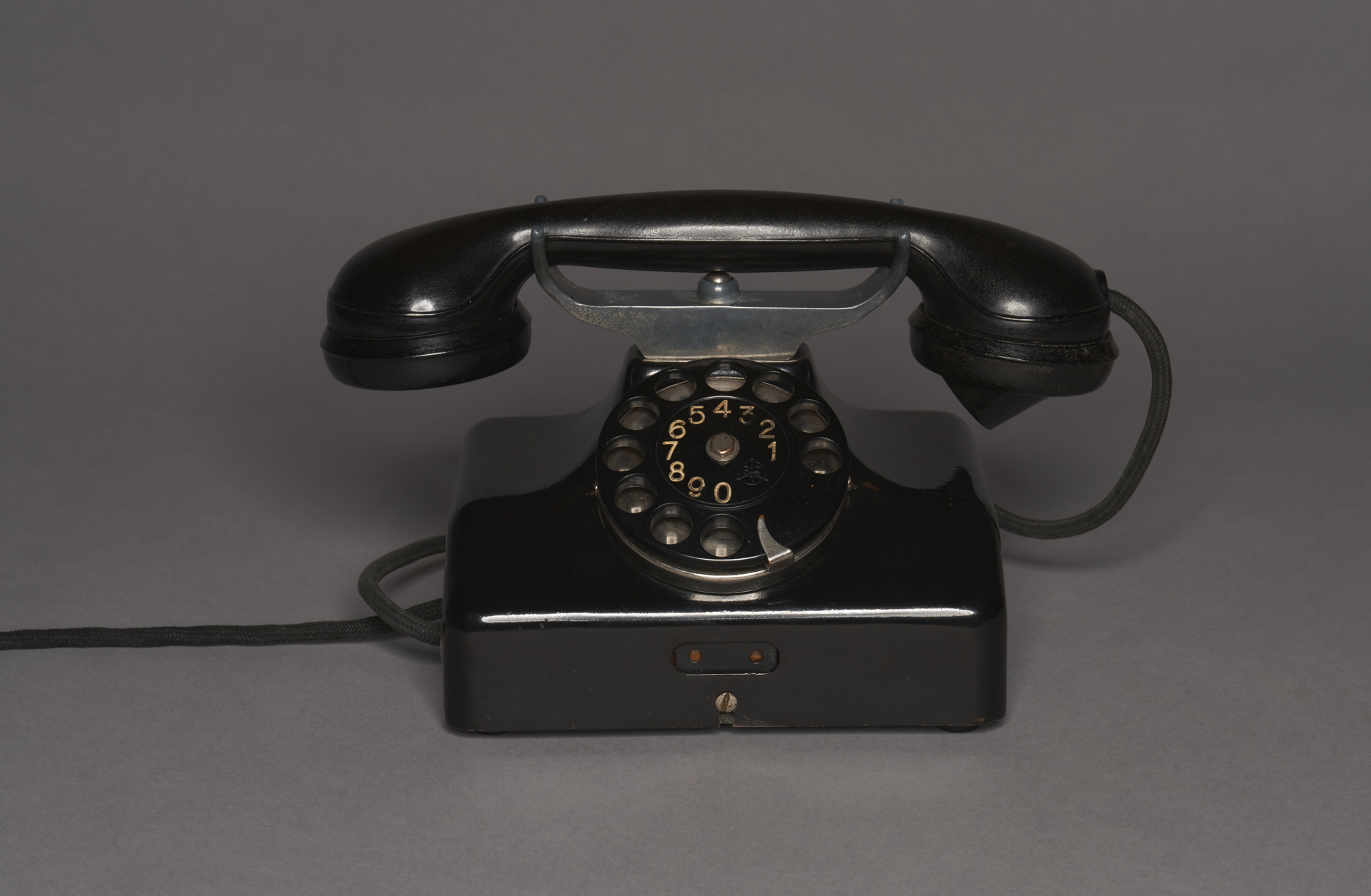
Creator
Państwowe Zakłady Tele- i Radiotechniczne
Time and place of creation
Time:
1935 - 1939
Place:
Poland
The history of the CB-35 telephone is associated with the rollout of telephony in the Second Republic of Poland (1918-1939). There were only and estimated 2500 telephone subscribers in Warsaw towards the end of World War I, but it only took four years for that number to grow to 31,000. The affordable subscription fee (between 10 and 12 zlotys per month) generated demand, which private and state-owned enterprises worked to fulfil. Apart from the obvious demand for telephones, the telephone infrastructure needed repair and expansion (at the time, this only pertained to urban centres).
The Polish national telecommunications industry in the 1920s was represented by two enterprises: the Państwowa Wytwórnia Aparatów Telegraficznych i Telefonicznych (PWATT) and the Państwowa Wytwórnia Łączności (PWŁ). As both of these establishments operated in the area of radio and communications technology and their offices were in Warsaw, the decision was made in the early 1930s to merge the enterprises. This led to the creation of Państwowe Zakłady Tele- i Radiotechniczne (PZT). Its headquarters was at 26/34 Grochowska street, and its general director was inż. Tadeusz Graff. Until the outbreak of World War II, the establishment employed around 3600 people and work was conducted in a three-shift system, ensuring fulfilment of orders from civilian and military clients alike.
The CB-35 is a central battery telephone manufactured by the PZT from 1935 until the first years after World War II. It was the first Polish telephone with a Bakelite handset and a centrally located cradle button activated by picking up the receiver. Its housing is made of painted steel, and the PZT emblem is punched into the dial. The telephone represents the design language typical for telephones of the 1930s.
Creator
Państwowe Zakłady Tele- i Radiotechniczne
Time and place of creation
Time:
1935 - 1939
Place:
Poland











